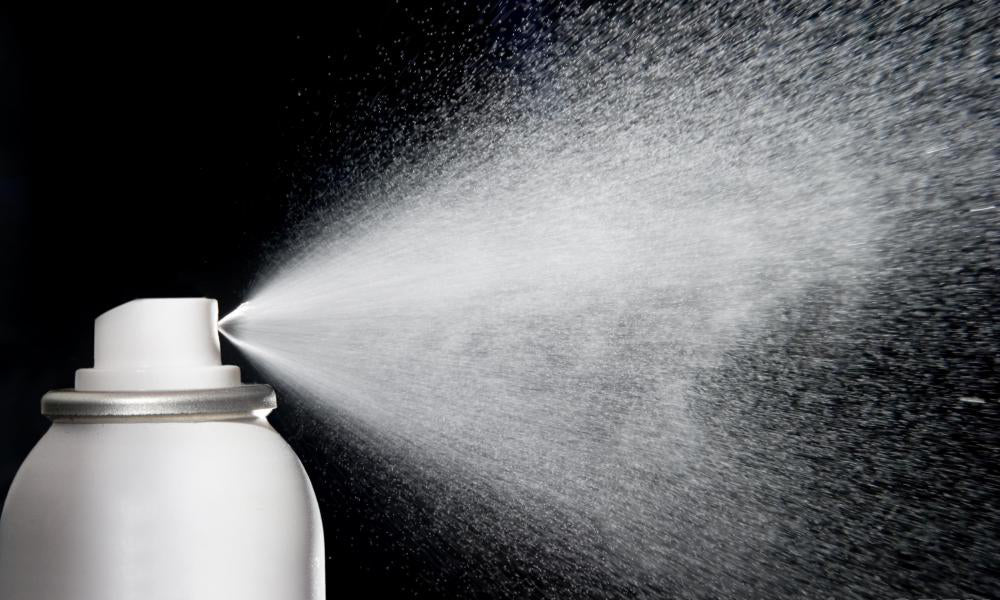
Tools of the Trade: When and How Often to Lubricate Your Metal Warriors
Share
The frequency of lubricating your metal tools depends on various factors, including the type of tools, how often you use them, and the conditions in which they are used or stored. Here are some general guidelines to help you determine when to lubricate your metal tools:
![]()
Before and After Each Use: For hand tools that you use frequently, such as wrenches, pliers, or saws, it's a good practice to apply a light coat of lubricant both before and after each use. This ensures that the tools operate smoothly, prevents rust, and protects against wear and tear.
Seasonal Maintenance: Some tools are used seasonally, like garden tools or outdoor equipment. Lubricate these tools at the beginning and end of each season, or before you store them for an extended period. This will help maintain their functionality and prevent rust during storage.
Heavy-Use Tools: Tools that are used heavily or in demanding conditions may require more frequent lubrication. Machinery and equipment in industrial settings, for example, often need regular lubrication as specified by the manufacturer or maintenance schedule.
Visual Inspection: Regularly inspect your tools for signs of wear, friction, or corrosion. If you notice that a tool is becoming stiff or shows signs of rust, it's time to apply lubricant. Visual inspection is often the best indicator of when lubrication is needed.
Manufacturer's Recommendations: Always refer to the manufacturer's guidelines and recommendations for lubrication. Some tools may come with specific instructions on lubrication frequency and the type of lubricant to use.
Storage Conditions: Consider the environment in which your tools are stored. If they are stored in a humid or damp area, they may require more frequent lubrication to prevent rust. Proper storage can help minimize the need for excessive lubrication.
Type of Lubricant: The type of lubricant you use can also affect how often you need to apply it. Some lubricants provide long-lasting protection, while others may need to be reapplied more frequently. High-quality lubricants often offer better and longer-lasting protection.
Working Conditions: Tools used in harsh or abrasive conditions, such as cutting or grinding tools, may require more frequent lubrication to maintain their cutting edge and prevent overheating.
![]()
Remember that over-lubrication can sometimes be as detrimental as under-lubrication. Excess lubricant can attract dust and debris, leading to a gummy buildup. It's essential to strike a balance and apply just enough lubricant to ensure smooth operation without creating a mess.
In summary, the frequency of lubricating your metal tools varies depending on the tool type, usage, and storage conditions. Regular inspection, following manufacturer guidelines, and using high-quality lubricants are key factors in determining when and how often to lubricate your tools.
